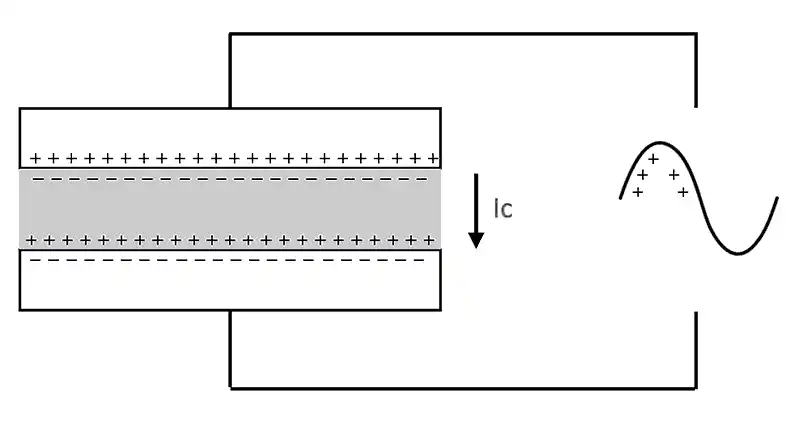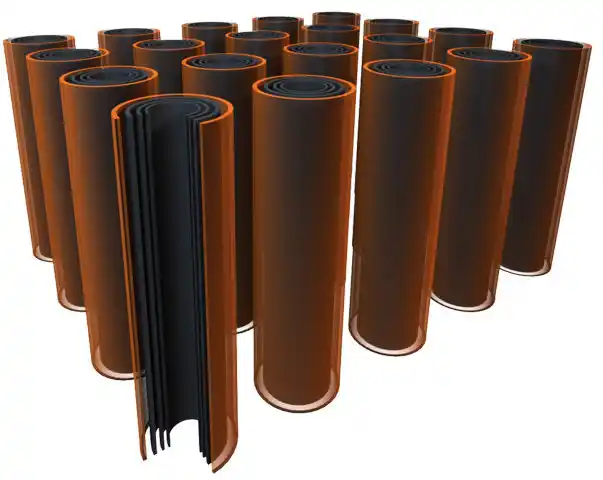افشین رشید
اُستادیار ؛ عضو هیات علمی دانشگاه آزاد اسلامی واحد علوم و تحقیقات تهران
600 یادداشت منتشر شدهImplementation of The Expansion Force in (Nano-Supercapacitors)

Note: Due to the need to implement expansive power, nano-supercapacitors emerge as an alternative to traditional electrical energy storage devices.
Nano-supercapacitors, also called supercapacitors or electrochemical nano-capacitors, thus emerge as promising fuel sources with astonishingly fast charge release rates. Amazingly fast charge. To improve power performance (high-speed capability), they still rely on similar inherent cutoff points. Nano- supercapacitors, also called supercapacitors or electrochemical nano-capacitors, thus emerge as promising fuel sources with astonishingly fast charge release rates. Lithium-ion batteries have been developed to improve power performance (high-speed capability), they still rely on similar inherent cutoff points. Nano- supercapacitors , also called supercapacitors or electrochemical capacitors, thus emerge as promising fuel sources with astonishingly fast charge release rates, unlike dielectric capacitors that store energy as isolated electrical charge.

Nanosupercapacitors store energy electrostatically by polarizing an electrolyte solution. When a voltage is applied to the positive and negative cathodes of a supercapacitor, particles in the electrolyte are attracted to the oppositely charged anodes. The opposite charges are separated at the interface between the strong terminal surface and the fluid electrolyte in the micropores of the cathodes, creating an exceptional “electrochemical double layer.” Energy is thus released as the charge partition between the double layer. Carbon nanotubes are a promising material for advanced nanosupercapacitors due to their unique properties. In particular, using nanotubes to fabricate nanosupercapacitor cathodes can increase the power density and performance of nanosupercapacitors compared to conventional dielectric capacitors. The makers explain various techniques for developing nano-supercapacitors using nanostructured materials and, in addition, chart the advantages of this imaginative form of energy storage. In conventional flat-plate dielectric capacitors, the capacitance of the capacitor depends inversely on the separation between the electrodes. Interestingly, the capacitance of a supercapacitor depends on the separation between the terminal charge and the mutual charge in the electrolyte, which is much smaller than that of a dielectric capacitor. Then, supercapacitors have very large capacitances. Overall, the capacitance of nano- supercapacitors is several times that of standard dielectric capacitors.
Conclusion :
Due to the need to implement expansive power, nano-supercapacitors emerge as an alternative to traditional electrical energy storage devices.